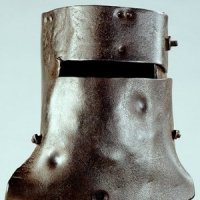Annealing Copper Washers And Gaskets.
Announcements
-
Similar Content
-
Latest Posts
-
@GTSBoy This method was able to get readings of -10 to -2, so it looks like its monitoring. Now I need to figure out why the vacuum on the line provided isn't alternating with manifold pressure. I went with 2 lines that an RB25 tuner recommended but I'll get a longer hose and try directly off the back of the manifold. He may have been used to OEM intake setups while I have a DBW setup that removed the MAF and IACV.
-
I work at a car detailing and tinting shop called Quark which gets all manner of German cars in usually (mainly due to a contract with Mercedes Benz Kita Osaka, BMW Nishinomiya and others) but every once in a while something special comes in, like a fully restored 1972 HS30 Nissan Fairlady 240ZG... The shop owner had immediately started applying film to the windows as soon as it was in the shop so the interior was completely covered in towels and plastic sheets. But I could get a few photos of the engine bay which was restored like new. Such an amazing car to see in pristine condition in Japan these days.
-
Was going to say the car pulls up nicely everywhere, especially going into that last long right hander before the main straight. Looks like a lot of fun.
-
Hey Dave, welcome aboard! Good to see another soon-to-be Stagea owner here. The wagons are awesome — plenty of space, still got that Skyline DNA, and loads of potential if you’re into mods. Definitely post up pics when you get it, everyone here loves seeing new builds. What model/year are you looking at?






Recommended Posts
Create an account or sign in to comment
You need to be a member in order to leave a comment
Create an account
Sign up for a new account in our community. It's easy!
Register a new accountSign in
Already have an account? Sign in here.
Sign In Now